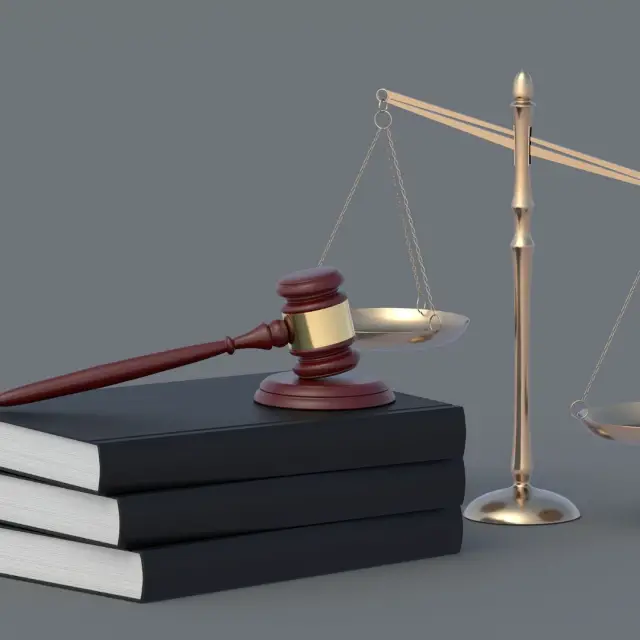Constitution Day in Mexico is celebrated on February 5 each year, commemorating the promulgation of the 1917 Constitution, a crucial document in the country's history that established the legal and social foundations of modern Mexico. This day not only represents a legal milestone, but also a symbol of revolutionary ideals and the fight for social justice.
Historic context
The Constitution of 1917 was the product of a tumultuous period in Mexican history: the Mexican Revolution, which began in 1910. This revolution was a response to the dictatorship of Porfirio Díaz, who had ruled Mexico for more than 30 years. During his mandate, Díaz favored elites and foreigners, which exacerbated social and economic inequalities, leading to deep dissatisfaction among the population.
The Mexican Revolution brought together various factions with different visions for the future of Mexico. Figures such as Francisco I. Madero, Emiliano Zapata, Pancho Villa and Venustiano Carranza played crucial roles in this conflict. After years of fighting and violence, Carranza emerged as a leader and called a constituent congress in 1916 to draft a new constitution reflecting revolutionary ideals.
The Constituent Congress of 1917
The Constituent Congress met in the city of Querétaro in December 1916. It was composed of delegates from all over the country, including lawyers, professors, journalists, and revolutionary leaders. These delegates worked intensely for several months, debating and drafting the country's new legal framework.
On February 5, 1917, the new Constitution was promulgated. This document not only replaced the 1857 Constitution, but also introduced radical reforms that sought to address Mexico's social, economic, and political problems.
Main Articles and Reforms
The 1917 Constitution is notable for being one of the first in the world to include social rights. Some of its most important articles and their implications are the following:
Article 3 : Establishes secular, free and compulsory education. This article sought to eliminate the Church's influence on education and ensure that all children had access to a basic education.
Article 27: Introduced agrarian reform, granting the State the ability to redistribute land and resources. This article was instrumental in addressing the concentration of land in the hands of a few and promoting social justice in the countryside.
Article 123: Regulates labor relations, establishing rights and protections for workers, such as the eight-hour day, the right to strike and the prohibition of child labor.
Article 130 : Regulates relations between the State and the Church, establishing the separation between both and limiting the participation of the Church in political affairs.
Impact and Legacy
The Constitution of 1917 had a profound and lasting impact on Mexico. It laid the foundations for a series of social and economic reforms that sought to transform the structure of the country. Throughout the 20th century, various governments implemented policies based on the principles of the Constitution, although not without controversies and challenges.
For example, land reform advanced slowly and faced resistance from landholding elites. However, in later decades, programs such as the ejido (agrarian communities) helped redistribute land and improve living conditions in rural areas.
In the workplace, the Constitution inspired the creation of laws that protected workers and promoted labor justice. The right to strike and collective bargaining became important tools for unions.
Despite its achievements, the implementation of the principles of the Constitution has not been uniform or constant. Mexico has faced multiple challenges, including corruption, violence and inequality, which have made it difficult to fully realize constitutional ideals.
Constitution Day Celebrations
February 5 is a holiday in Mexico, and is celebrated with various activities throughout the country. Official acts include ceremonies in which the memory of the constituents is honored and the importance of the Constitution is reflected on.
In Querétaro, where the Constitution was promulgated, special events are held, including parades and speeches by local and national authorities. It is also common for schools to carry out educational activities to teach students about the history and meaning of the Constitution.
The media often dedicate special programs and articles to the topic, analyzing the historical and contemporary relevance of the Constitution. In addition, civil and academic organizations organize forums and debates to discuss current challenges in the implementation of the rights and principles enshrined in the Constitution.
Contemporary Reflections
More than a century after its promulgation, the 1917 Constitution continues to be a living and relevant document. However, its interpretation and application have evolved over time. Constitutional reforms are common and reflect changes in society and the needs of the country.
In recent decades, significant amendments have been introduced to address issues such as human rights, gender equality and the autonomy of indigenous communities. These reforms seek to update and strengthen the Constitution, ensuring that it continues to be an effective tool for justice and democracy.
Despite these advances, Mexico faces numerous challenges. Corruption and impunity remain serious problems that undermine trust in institutions. Violence, especially related to drug trafficking, also represents a constant threat to stability and security.
In this context, Constitution Day is not only an opportunity to celebrate, but also to critically reflect on the state of the country and the path forward. It is a time to remember the ideals of justice, equality and democracy that inspired the Constitution and evaluate how they are being fulfilled today.
